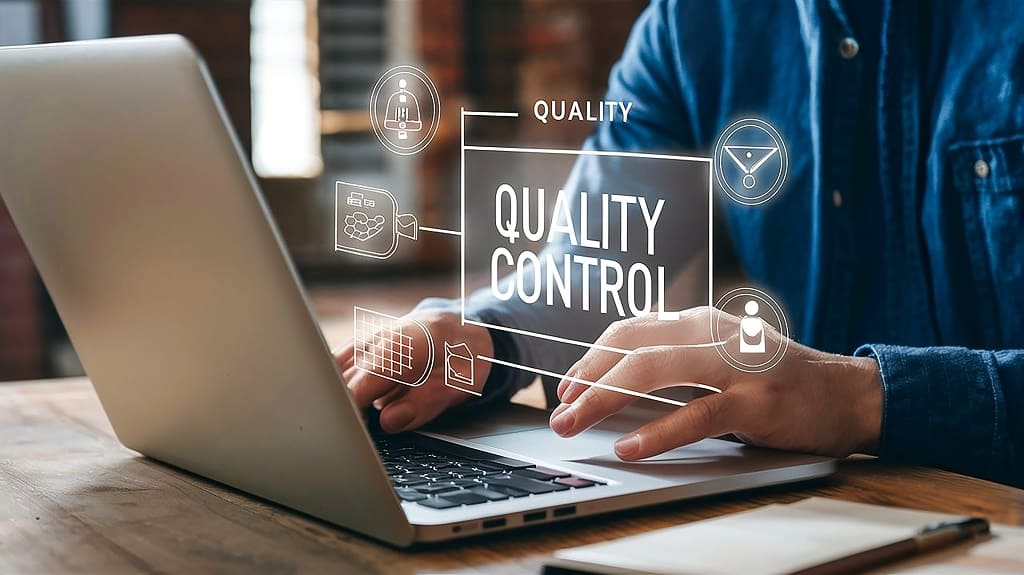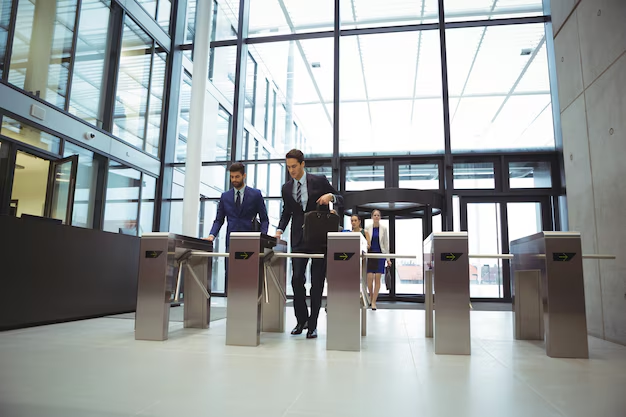Video Annotation
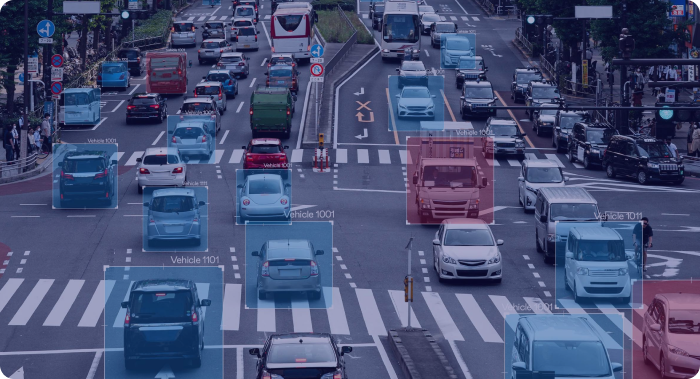
Unidata provides comprehensive video annotation services to support AI video analytics across 20+ industries. Our team ensures precise, efficient annotations, helping organizations extract valuable insights from their video data

24/7*
- 6+
- years experience with various projects
- 79%
- Extra growth for your company.
Video annotation in machine learning
Video annotation for machine learning (ML) is the process of labeling and tagging specific elements within video footage to create structured data that can be utilized for training ML models. This involves identifying and marking objects, actions, or events within the video, such as people, vehicles, gestures, or specific behaviors, to provide context and facilitate understanding for AI algorithms. Video annotation is essential in various applications, including autonomous driving, security and surveillance, sports analytics, and content moderation. By providing accurate and detailed annotations, organizations can enhance the performance of their ML systems, enabling them to recognize patterns, make predictions, and drive data-driven decision-making.How we deliver video annotation services
The best software for video annotation tasks
Types of video annotation services
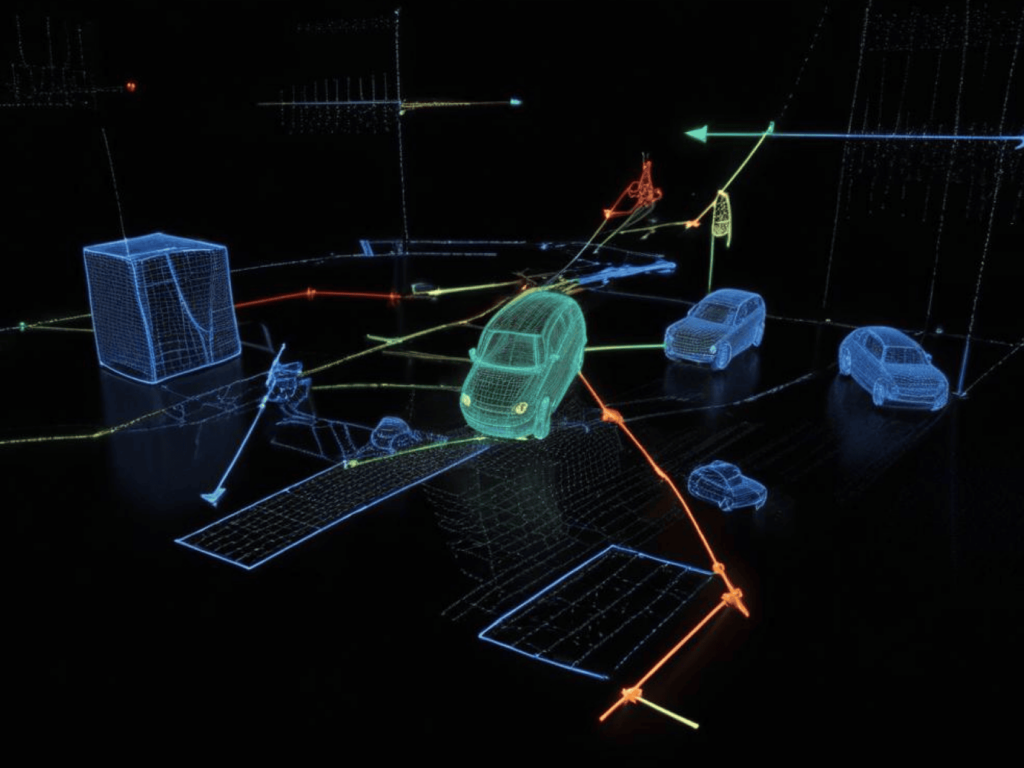
Object Tracking
In object tracking, specific objects are identified and tracked across multiple frames in a video. This involves labeling the object's position and movement throughout the video, often using bounding boxes or polygons.
Semantic Segmentation
Semantic segmentation involves labeling each pixel in the video according to the object or region it belongs to. This provides a detailed understanding of the scene by assigning a class to every pixel across all frames.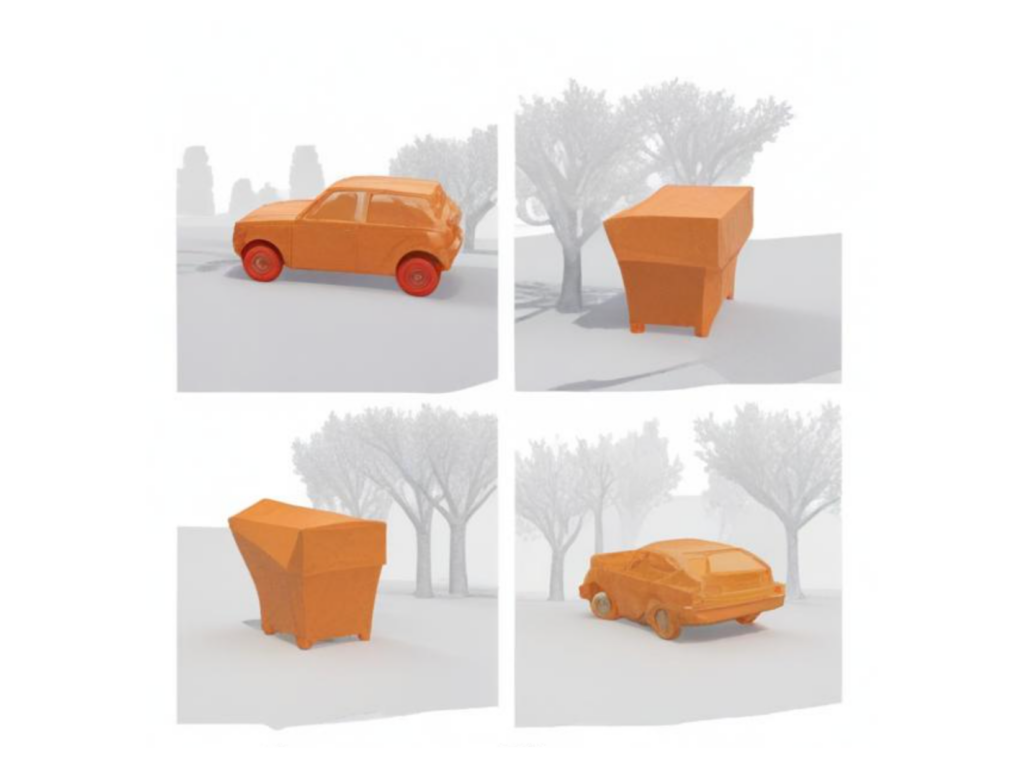
Instance Segmentation
Similar to semantic segmentation, instance segmentation goes a step further by not only labeling each pixel but also distinguishing between different instances of the same object class. For example, in a video of a crowd, each person would be labeled separately.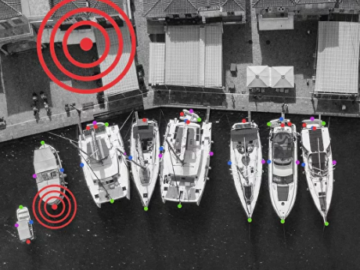
Action Recognition
Action recognition involves annotating videos to identify specific actions or activities taking place within the frames. This often includes labeling sequences of frames where a particular action occurs.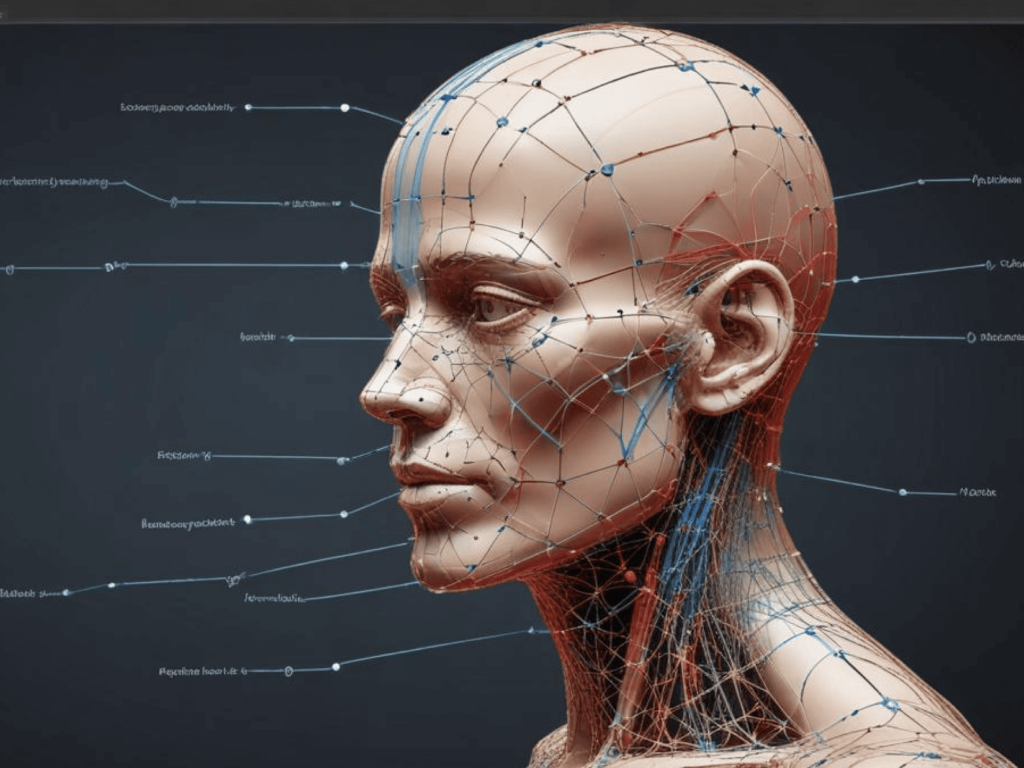
Keypoint Annotation
Keypoint annotation involves marking specific points of interest on objects or persons within the video, such as facial landmarks, joint positions, or object corners. These keypoints are then tracked across frames.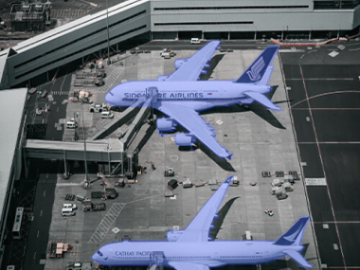
Event Tracking
Event tracking focuses on identifying and annotating specific events that occur in the video. This could include things like a car stopping at a traffic light, a ball crossing the goal line, or any other significant event.
Temporal Segmentation
Temporal segmentation involves dividing a video into segments based on different scenes or actions. Each segment is labeled to indicate a specific event, activity, or change in the scene.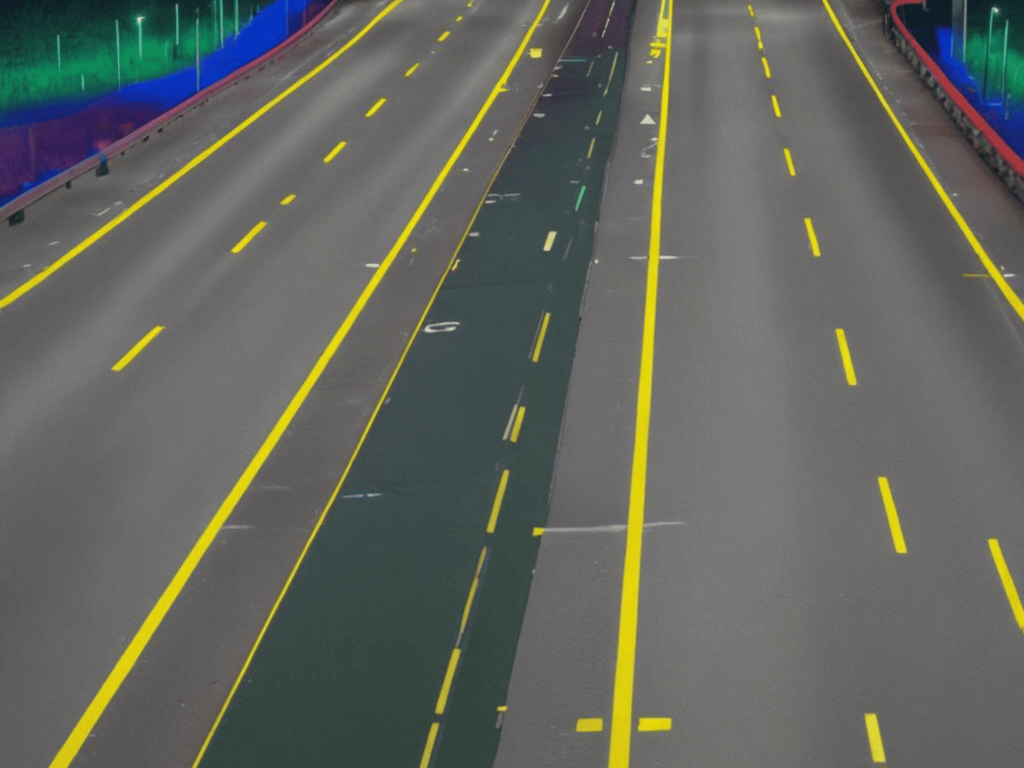
Polyline Annotation
Polyline annotation involves drawing lines over video frames to label and track paths, edges, or boundaries. This is commonly used for annotating roads, lanes, or movement paths in videos.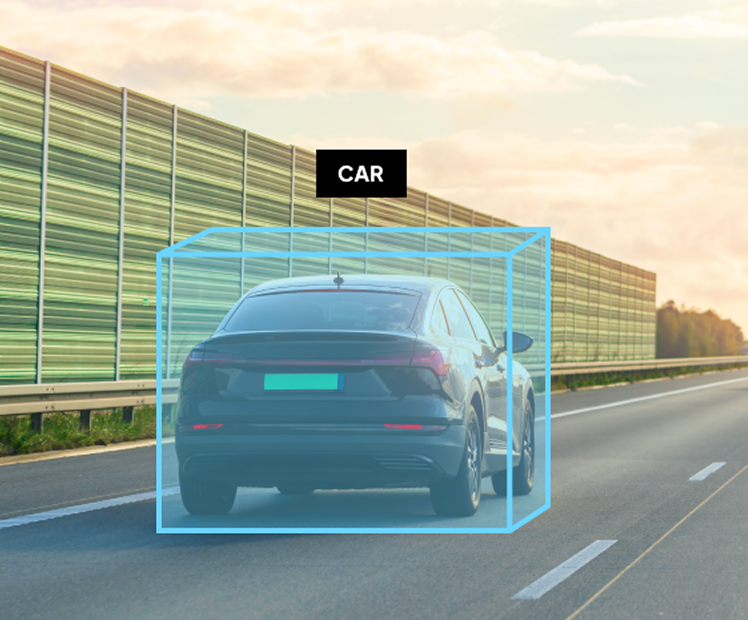
3D Cuboid Annotation
3D cuboid annotation involves drawing three-dimensional bounding boxes around objects in video frames to capture their spatial dimensions, including height, width, and depth. This provides a better understanding of the object’s size and positioning in a 3D space.
Object Detection
Object detection in videos involves identifying and labeling specific objects within frames. Unlike tracking, object detection focuses on the presence and location of objects in each frame, rather than following their movement across frames.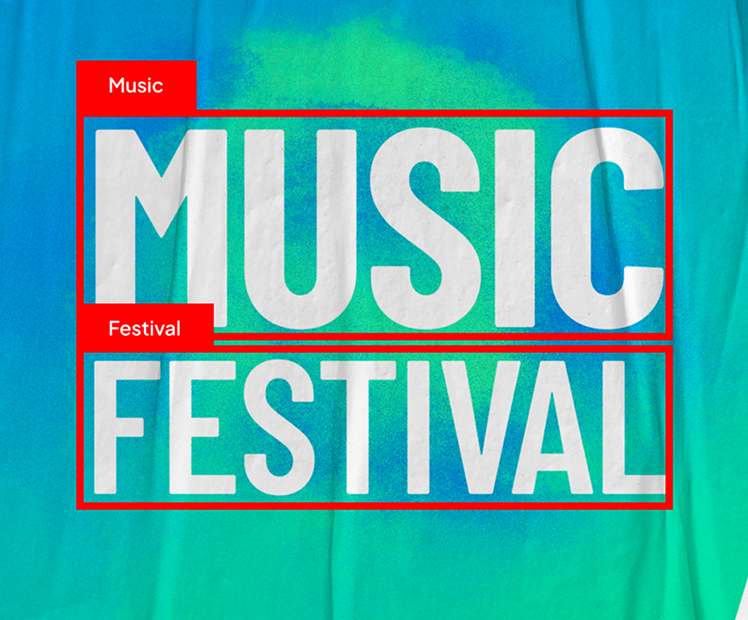
Scene Text Recognition
Scene text recognition involves detecting and annotating text within video frames. This includes recognizing and transcribing text from signs, labels, documents, or any other text-based content visible in the video.Video Annotation Use Cases
-
 01
01Automotive (Autonomous Vehicles)
Video labeling is vital for autonomous vehicles in teaching AI to understand dynamic road environments. By labeling pedestrians, cars, road signs, and obstacles in videos captured by cameras, AI can learn to predict actions and make real-time driving decisions. Annotating video footage also helps with motion tracking, allowing self-driving cars to respond to sudden changes, like a pedestrian stepping onto the road, to ensure safer navigation. -
 02
02Retail & E-commerce
In the retail industry, tagging is used to analyze consumer behavior in-store or during online shopping. By labeling video footage with key actions, such as browsing, purchasing, or interacting with product displays, AI can identify shopping trends and improve product recommendations. It also helps with inventory management, where AI tracks stock movement and replenishment needs, ensuring optimal stock levels and efficient in-store operations. -
 03
03Agriculture
This service helps monitor crop conditions and farming activities by labeling footage from drones or field cameras. Annotating crops, irrigation systems, and machinery allows AI to analyze crop health, detect diseases or pests, and even predict harvest times. It also aids in livestock management, where videos of animals are annotated to track behavior, health, and activity, optimizing farm operations and ensuring better outcomes. -
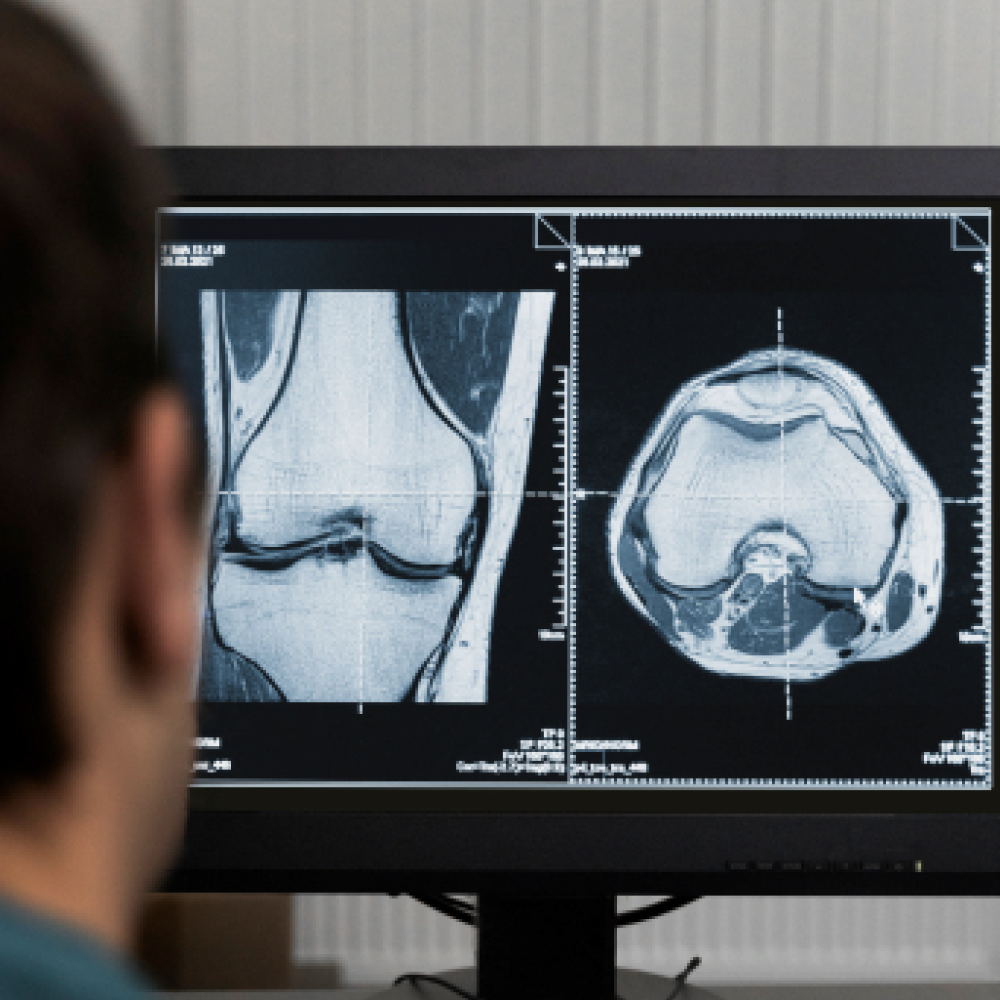 04
04Healthcare
In healthcare, video annotation is crucial for training AI systems to analyze medical procedures or patient behavior. By annotating videos of surgeries, doctors can teach AI to recognize key moments such as critical steps in a procedure, enabling real-time guidance and improving decision-making. Additionally, videos of patient movement and posture are annotated to help AI detect signs of distress or monitor recovery after surgery, improving patient care and monitoring efficiency. -
 05
05Finance
In finance, it is used to review and label transaction videos, surveillance footage, and customer interactions, aiding in fraud detection and improving customer service. By tagging video content such as customer behaviors, facial expressions, and interactions with products, AI can identify suspicious actions or abnormal behavior patterns, flagging potential security threats. Annotated videos also assist in customer support, allowing AI to analyze service interactions for better engagement and satisfaction. -
 06
06Security & Surveillance
Video annotation plays a crucial role in security systems by labeling footage of individuals, suspicious activity, and environments. Annotating faces, vehicles, and movements in surveillance footage helps AI to identify known threats, such as unauthorized access, and alert security teams in real-time. In law enforcement, annotated videos assist in tracking individuals or vehicles across multiple camera feeds, enabling faster response times and more accurate monitoring of potential risks. -
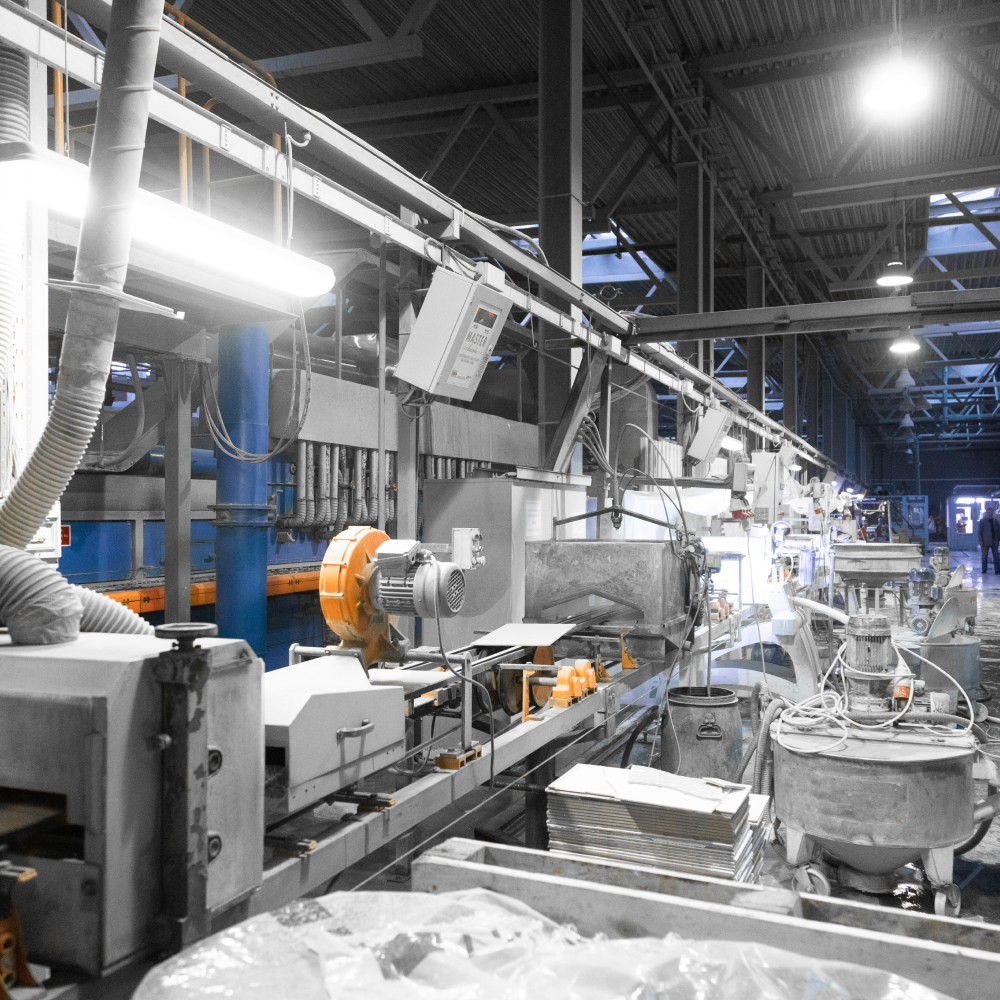 07
07Manufacturing
In manufacturing, these services are used to label footage from production lines, helping AI detect anomalies such as defects or inefficiencies. By annotating product quality issues, such as misalignments or missing parts, AI can automate quality control processes, reducing human error. Additionally, videos of machinery and equipment are annotated to help AI systems predict maintenance needs, ensuring smooth operations and preventing costly downtime. -
 08
08Entertainment & Media
For the entertainment industry, annotation is crucial for content moderation and tagging. Annotating scenes, characters, or objects within videos helps AI systems recognize and categorize content, allowing platforms to filter inappropriate material or organize content based on themes or genres. Video annotation is also used in generating subtitles or transcriptions, ensuring content accessibility for wider audiences, including those with hearing impairments.
How It Works: Our Process
A Clear, Controlled Workflow From Brief to Delivery
Video Annotation Cases
Why Companies Trust Unidata’s Services for ML/AI
Share your project requirements, we handle the rest. Every service is tailored, executed, and compliance-ready, so you can focus on strategy and growth, not operations.
What our clients are saying

UniData


Other Services
Ready to get started?
Tell us what you need — we’ll reply within 24h with a free estimate

- Andrew
- Head of Client Success
— I'll guide you through every step, from your first
message to full project delivery
Thank you for your
message
We use cookies to enhance your experience, personalize content, ads, and analyze traffic. By clicking 'Accept All', you agree to our Cookie Policy.






